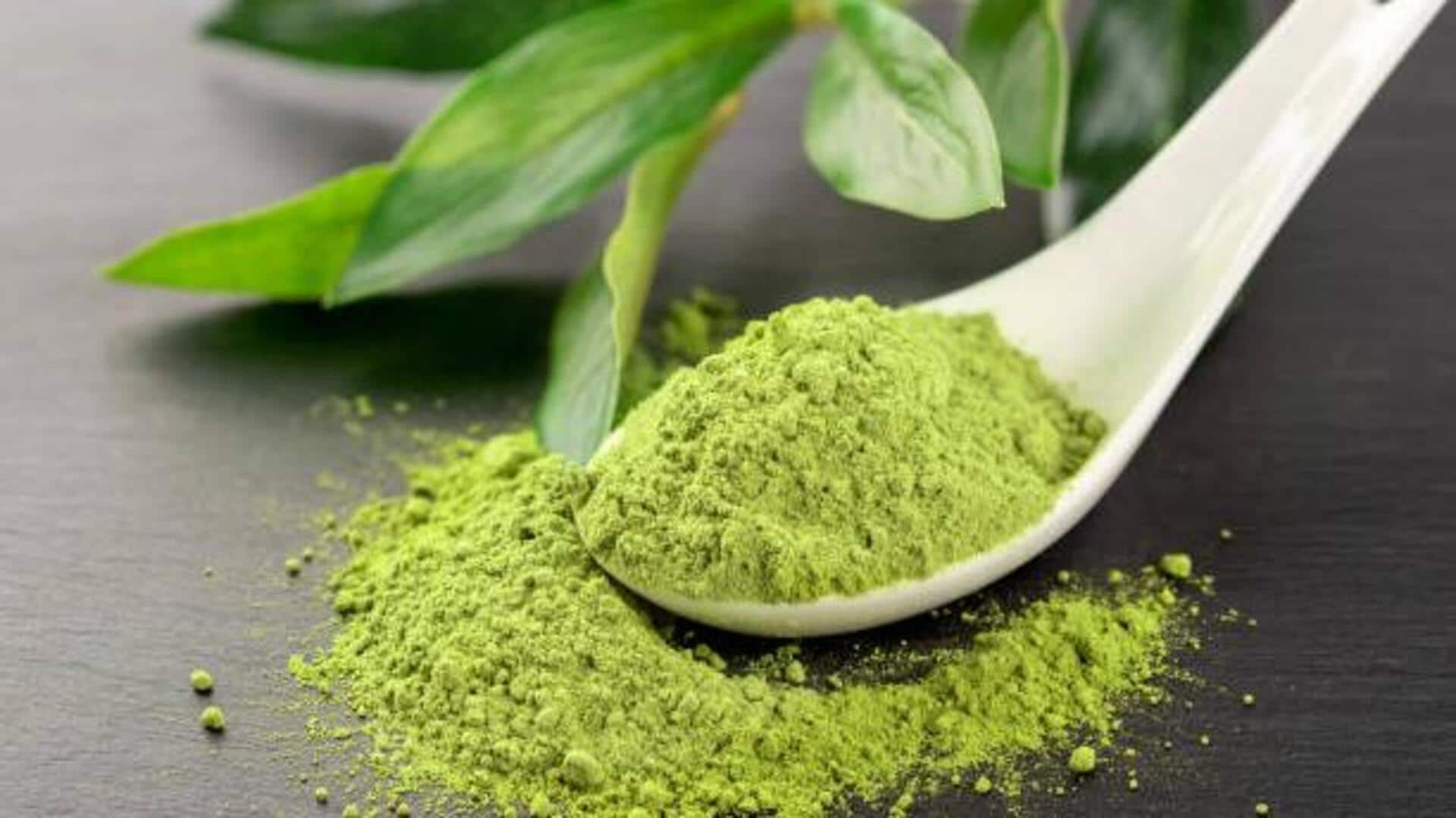Mushroom Selection Matters
The type of mushroom you choose plays a crucial role in the final dish. Button mushrooms, cremini, and shiitake are great choices for sauteing. Different
mushrooms bring distinct flavors and textures, enhancing the overall experience. Consider the flavor profile you desire. Button mushrooms are easily accessible and have a mild flavor, making them a versatile choice for many recipes. Cremini mushrooms, being more mature, offer a slightly earthy taste. Shiitake mushrooms offer a richer, more intense umami flavor, perfect for adding depth to your dish. Each type of mushroom has a different water content, which can affect cooking time and texture. To make the most of sauteing, select mushrooms based on the flavors you prefer.
Prep Work: The Key
Proper preparation is key to avoiding soggy mushrooms. Start by gently cleaning your mushrooms, since they can harbor dirt. Avoid washing mushrooms under running water, as they tend to absorb water, leading to sogginess. Instead, use a damp cloth or a mushroom brush to wipe away any dirt or debris. You can also quickly rinse them, but make sure to dry them thoroughly afterward. Next, trim the stems and slice the mushrooms evenly. Uniform slicing ensures they cook at the same rate. Some chefs recommend slicing mushrooms just before cooking to prevent them from drying out. For a pleasant experience, consider the size of your slices. Too large, and they won't cook through; too small, and they'll disappear. A moderate size will ensure they cook evenly while retaining their shape.
Sautéing: Step-by-Step Guide
The cooking process is where the magic happens. Heat a pan over medium-high heat before adding any oil. The heat is crucial for the Maillard reaction, a chemical reaction that produces flavor. Add your preferred cooking oil, such as olive oil or butter, to the hot pan. The oil should shimmer before you add the mushrooms. Don't overcrowd the pan. Sauteing mushrooms in batches helps to maintain the heat and allows for even browning. Add the mushrooms in a single layer to the hot pan. Let them cook undisturbed for a few minutes, allowing them to brown before you start stirring. This allows the mushrooms to release their moisture and develop a better texture. Once the mushrooms have browned, you can stir them to ensure even cooking. Cook until they are tender and golden brown, stirring occasionally.
When They Are Done?
Knowing when the mushrooms are done is essential. The cooking time will vary depending on the type of mushroom, the size of the slices, and the heat of the pan. Look for signs that the mushrooms are cooked through and have released their moisture. They should be tender and have shrunk in size, with a nice golden-brown color. The edges should be slightly caramelized. The moisture content will reduce significantly, and the liquid should evaporate. At the end, the mushrooms should have a pleasant, slightly chewy texture. Taste a mushroom to confirm that the flavor is rich and well-developed before removing them from the heat. A little bit of salt and pepper will enhance the flavors and bring out the natural taste.
Avoid Common Mistakes
Several common errors can ruin your mushroom sautéing efforts. One common mistake is adding too many mushrooms to the pan at once. Overcrowding lowers the pan's temperature, causing the mushrooms to steam instead of sauté. Another mistake is adding salt too early. Salt draws moisture out of the mushrooms, which can prevent them from browning. Add salt toward the end of the cooking process. Avoid stirring the mushrooms too frequently. Let them sit in the pan to brown before you start stirring. Finally, using too much oil can make the mushrooms greasy. Use enough oil to coat the pan, but not too much to make the mushrooms oily. If you avoid these mistakes, you are sure to succeed with your mushrooms.
Serving Your Mushrooms
Once the mushrooms are cooked, you can enjoy them in many ways. Serve them as a side dish, topping for pasta, or in an omelet. Sautéed mushrooms can be added to salads, tacos, or on a pizza. Season them with fresh herbs like parsley or thyme. A squeeze of lemon juice can brighten the flavors. Mushrooms pair exceptionally well with garlic, onions, and shallots. Consider adding these ingredients to your pan while sautéing the mushrooms for added flavor. Sautéed mushrooms are excellent with grilled meats, roasted vegetables, and creamy sauces. Experiment with different combinations to find your favorite pairing. Your taste buds will thank you for trying new things.












